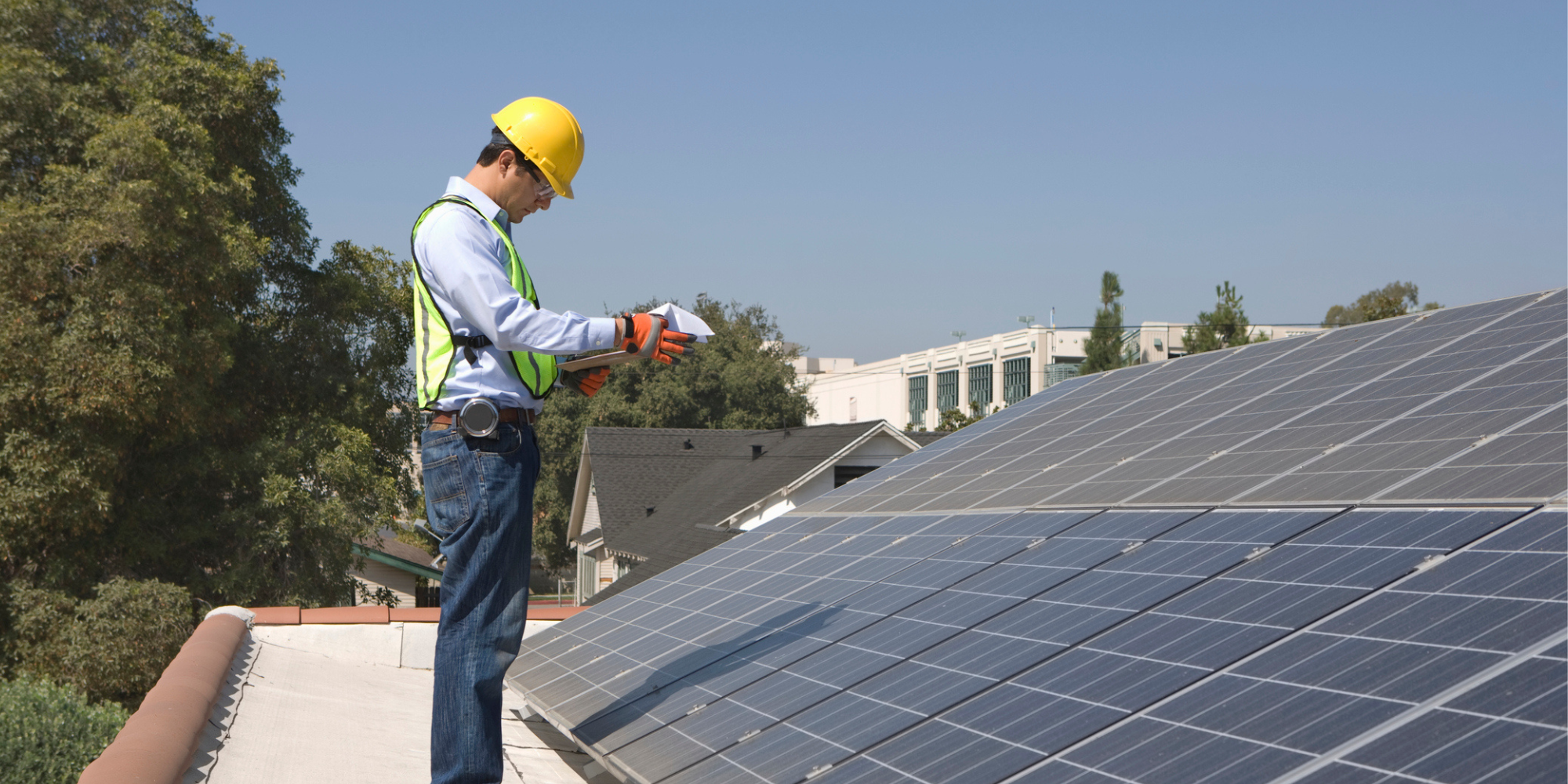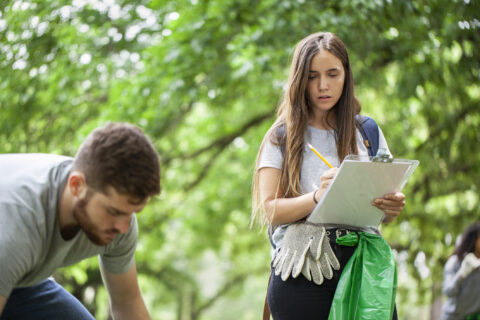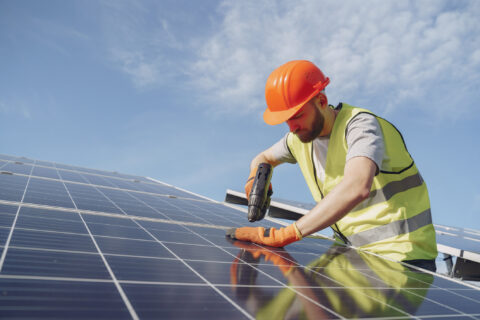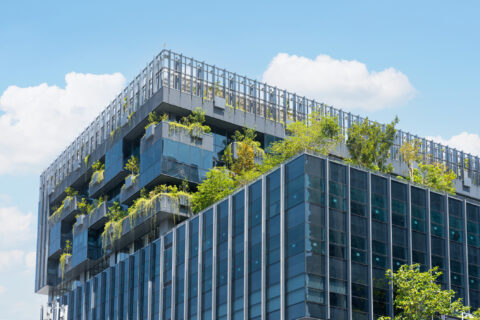The Energy Efficiency and Conservation Block Grant (EECBG) is designed to assist states, local governments and Tribes in planning and implementing programs and policies to reduce energy use, reduce fossil fuel emissions and improve energy efficiency. The Bipartisan Infrastructure Law directed $550 million to the EECBG program. Learn more about eligible uses for EECBG funds, state-local partnership opportunities and project ideas.
Understand your Funding Pathway
There are three pathways for local governments to access EECBG funding: formula grants, state applications and a competitive grant through the U.S. Department of Energy (DOE). If your community has a population at or above 35,000, or if you are among the 10 most populous cities in your state, you are eligible for a direct formula allocation from DOE. Eligible cities are listed here. If your community is eligible for direct payments through EECBG, you must follow the steps below to access the funds.
The second pathway of distributing funds is through your state. States receive a formula allocation and are required to pass 60% of their funding to smaller communities that are not eligible for direct allocations. The process and timeline for these state funds will vary and likely won’t be available until mid-2023.
Finally, a portion of the total funding is set aside for competitive grants for communities that do not meet the population threshold for DOE formula funding. DOE will likely open the competitive grant application later this year and specifically encourages regional consortium applications.
Accessing Direct Formula Funds
To receive direct payments through EECBG, eligible communities must apply. This process includes completing a pre-award information sheet and an Energy Efficiency and Conservation Strategy.
Traditional Grant Opportunity
- Confirm your city’s unique federal identifier.
- The previous federal DUNS number ended in 2022 when the federal government changed to the Unique Entity ID (UEI). The Unique Entity ID is a 12-character alphanumeric ID assigned to cities, towns and villages by SAM.gov. If your city, town or village is already registered with SAM.gov, a UEI number has already been assigned and is viewable at SAM.gov. If your municipality does not have a UEI number yet, U.S. agencies are encouraging entities to apply for one at least four weeks prior to applying for a federal grant. Entities that need a UEI can do so at SAM.gov.
- Register in FedConnect to acknowledge receipt of your awarded allocation.
- Complete your Pre-Award Information Sheet and return it to eecbg@hq.doe.gov by April 28, 2023.
- Submit your full application to DOE by January 31, 2024. All applications require an Energy Efficiency and Conservation Strategy, and DOE has developed a template to guide your submission. If your community has a current energy or climate action plan, that document can serve as a basis for the Strategy document that must be submitted.
Unique Grant Opportunity: Voucher
A new EECBG program feature is the ability to exchange your formula grant allocation for a voucher for either technical assistance or an equipment rebate.
DOE recognizes applying for and managing a traditional federal grant can be difficult for some communities or may not be worth it for grants of less than $250,000. DOE strongly encourages local governments to consider the voucher option if your community has limited or no experience managing federal grant awards or has limited internal staff or local capacity to manage an EECBG Program formula grant over multiple years.
A streamlined application process is outlined in the application instructions for local governments that want to take the voucher or rebate option. DOE will release more information on vouchers and rebates in the coming months. Those opting for vouchers or rebates must still complete the Pre-Award Information Sheet and return it to eecbg@hq.doe.gov by April 28, 2023, and must submit a Strategy document with their full application.
Accessing Indirect Funding
If your community is not directly eligible, stay in contact and be informed of your state’s plans for EECBG—it is under their discretion how to distribute funds. State plans are due to DOE by July 31, 2023, which should include how they plan to distribute 60% of allocated funds to local government. For the competitive grant application, keep an eye on DOE’s EECBG portal and the State and Community Energy Programs site.
Additional Resources
DOE heard a lot of feedback, including from NLC, about how having specific project examples and “off-the-shelf” projects would be helpful for local governments, especially small communities. To meet this need, DOE is developing a list of “blueprints” of high-impact projects and programs based on proven practices that you can choose to follow in putting together your application in different project areas, such as EV charging and energy efficiency.
DOE is also working to develop a technical assistance program for the application process focusing especially on helping communities develop the Energy Efficiency Conservation Strategy document required for all formula allocations. More information on technical assistance will be released by DOE in February.
Learn More
For more information join a webinar hosted by the National Association of State Energy Officials, NLC and E4TheFuture on Feb. 13 at 2:00 p.m. eastern for an EECBG application overview and ideas for state-local clean energy partnerships.










